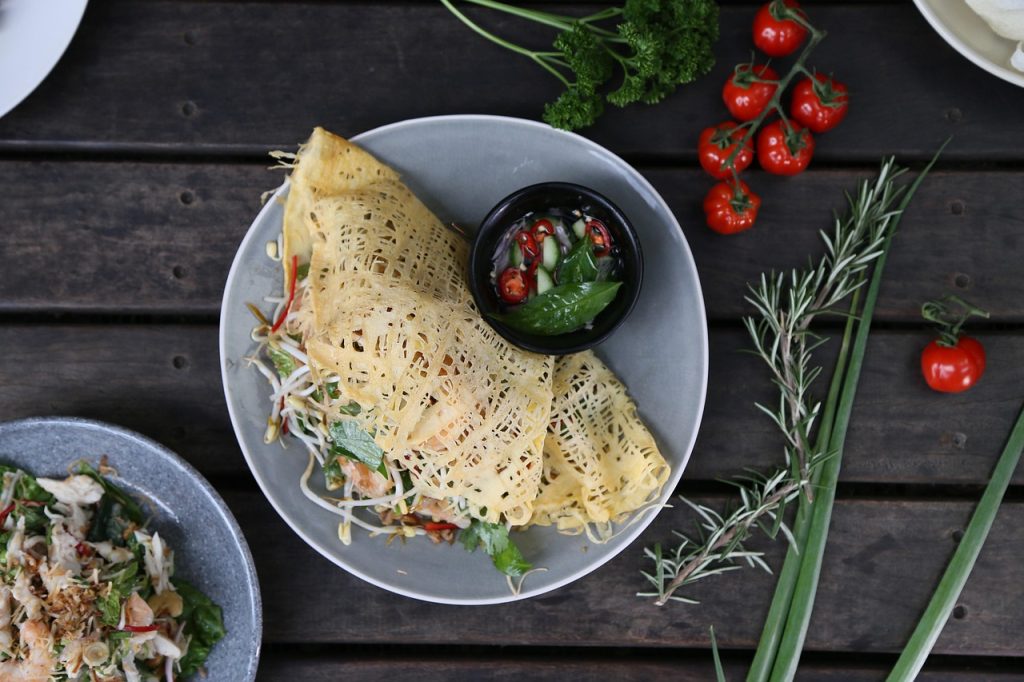Thai food has seen a significant rise in popularity across Melbourne, drawing in locals and visitors alike with its vibrant flavours and equally colourful presentation. The cuisine’s unique combination of sweet, sour, salty, and spicy elements offers a sensory delight that captivates the palate. Yet, amidst the wide array of options available, not every Thai dish in Melbourne holds true to authentic standards. This discrepancy piques the curiosity of many food lovers who seek genuine Thai culinary experiences.
While Melbourne is celebrated for its diverse food scene, it’s understandable that not all establishments manage to capture the true essence of Thai cuisine. Authenticity in food often boils down to a combination of traditional ingredients and cooking techniques. Without these, what passes as Thai food may only hint at the complex flavours that make the cuisine stand out. For those who cherish the authentic taste, uncovering why some dishes may fall short in authenticity can lead to more informed dining choices.
Common Ingredients Missing
One of the primary reasons Thai food might lack authenticity in certain Melbourne eateries lies in the absence of traditional ingredients. Authentic Thai cuisine relies heavily on specific components that contribute to its distinctive taste. Here are some of the key ingredients often missing or substituted in less authentic dishes:
– Lemongrass and Galangal: These provide fresh, citrusy flavours that are fundamental to many Thai dishes. Their absence can lead to a noticeable change in the dish’s aroma and taste.
– Thai Basil and Kaffir Lime Leaves: These herbs add unique aromatic notes that are hard to replicate with other ingredients. Without them, dishes may lack the depth typically associated with Thai cuisine.
– Fish Sauce and Shrimp Paste: Essential for adding salty and umami flavours, these components are often replaced with simpler sauces, detracting from the dish’s authenticity.
What sets authentic Thai food apart is the use of fresh herbs and spices. They not only enhance the flavours but also play a critical role in the food’s presentation and aroma. When these ingredients are substituted or omitted, the dish can end up tasting flat or generic. For those who appreciate the genuine complexities of Thai food, recognizing these ingredients can guide them to more authentic dining options in Melbourne.
Cooking Techniques
Traditional Thai cooking techniques play a key role in achieving those authentic flavours that many diners seek. Central to these methods is the careful balancing of flavors: sweet, salty, sour, and spicy. A dish like green curry, for example, relies on simmering fresh coconut milk with green curry paste and balanced seasoning to create its rich, aromatic profile. However, shortcuts are sometimes taken that can disrupt this balance.
Cutting corners by using pre-made sauces or powders instead of freshly made pastes can significantly impact the final taste and aroma of Thai dishes. The handmade pastes, for instance, are usually ground in a mortar and pestle, allowing the flavors of fresh ingredients like garlic and chillies to meld intricately. When such techniques are abandoned, the dish often lacks the depth and nuance typical of true Thai cuisine.
Ingredient Sourcing
Finding authentic ingredients poses a different set of challenges, especially outside of Thailand. Key elements of Thai cuisine are often specific to the region and can be hard to source elsewhere. For instance, fresh kaffir lime leaves contribute a distinctive fragrance that dried versions can’t quite achieve. Similarly, the rich flavours of nam pla (fish sauce) imported from Thailand can differ significantly from substitutes made locally with different types of fish.
Not having access to these authentic ingredients means local substitutes must sometimes be used, which can alter the taste profile of the dish. This can lead to dishes that, while still tasty, might not have the authentic Thai taste that die-hard fans expect.
Understanding Cultural Influence
The adaptation of Thai food to suit Western palates is another reason dishes can deviate from traditional recipes. Restaurants may adjust spices to cater to customers who prefer milder flavours or modify ingredients to include locally popular elements. While these adaptations can make the dishes more palatable to a broader audience, they can also deviate from traditional flavors.
Take pad Thai, for instance. This iconic dish might be sweetened more than usual to appeal to Western tastes, altering its original balance of flavours. While such adjustments cater to preferences, they might also lead diners farther from an authentic experience.
Enjoying Authentic Thai Food
Exploring genuine Thai cuisine opens the door to understanding both the culture and the intricate flavours it offers. Local dining enthusiasts in Melbourne who seek out restaurants that prioritize traditional ingredients and methods often find the dining experience rewarding. Such exploration encourages a deeper appreciation of this rich and varied cuisine, and Melbourne diners are fortunate to have such options to delve into.
If you are craving authentic Thai food in Melbourne, Amphawa Cafe & Thai Restaurant welcomes you to enjoy vibrant dishes crafted with traditional techniques and genuine ingredients. Discover the true essence of Thai cuisine right here and let your taste buds embark on a memorable journey.
